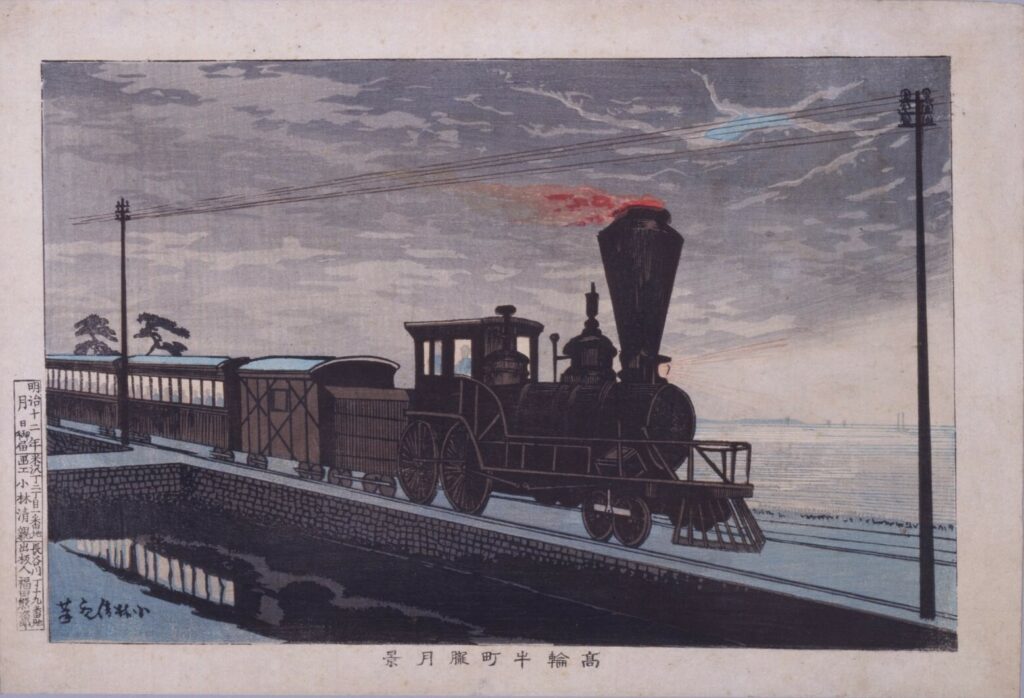
- Collection of
- Edo-Tokyo Museum
- Title
- Hazy Moonlight at Ushimachi, Takanawa
- Collection ID
- 10200185
- Creator
- Kobayashi Kiyochika
- Creation Date
- 1879 19世紀
- Size
- 24.6cm x 36.2cm
- Edo-Tokyo Museum Digital Archives
- https://www.edohakuarchives.jp/detail-400.html
Other items of Edo-Tokyo Museum (19971)
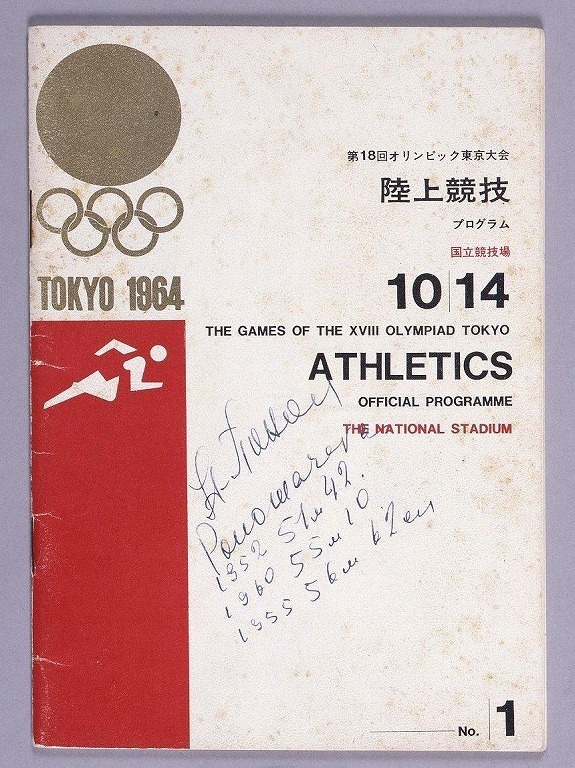
Edo-Tokyo Museum
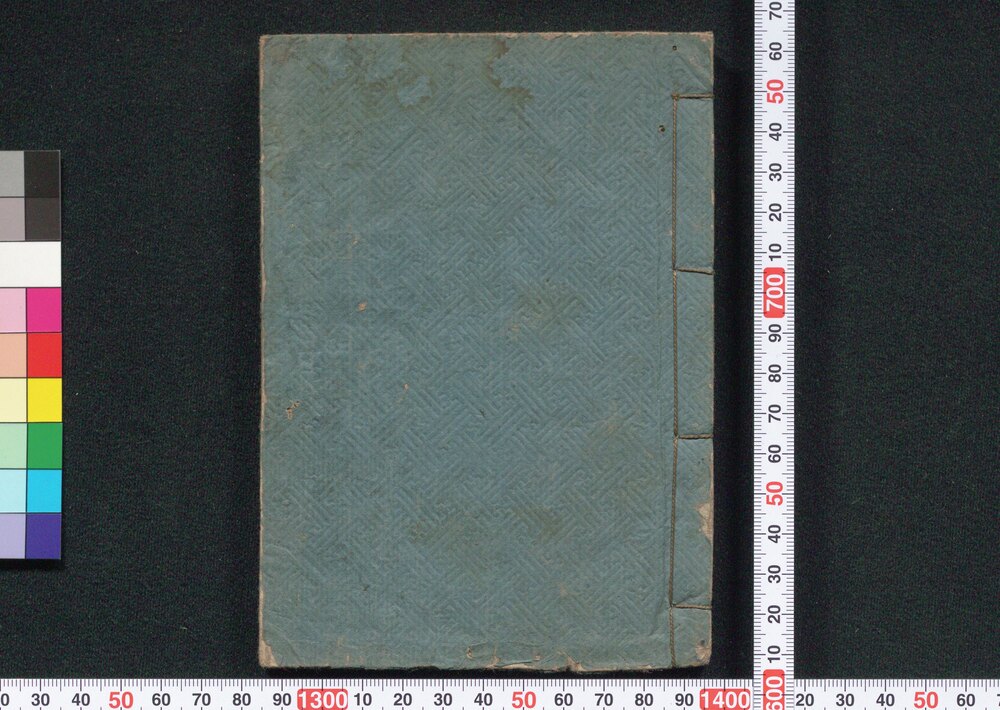
Unjō Meiran Taizen (Complete Directory of Court Nobles)
Edo-Tokyo Museum
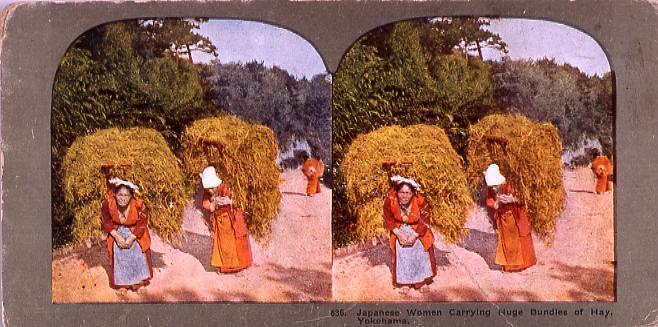
Japanese Women Carrying Huge Bundles of Hay, Yokohama. 636
Edo-Tokyo Museum
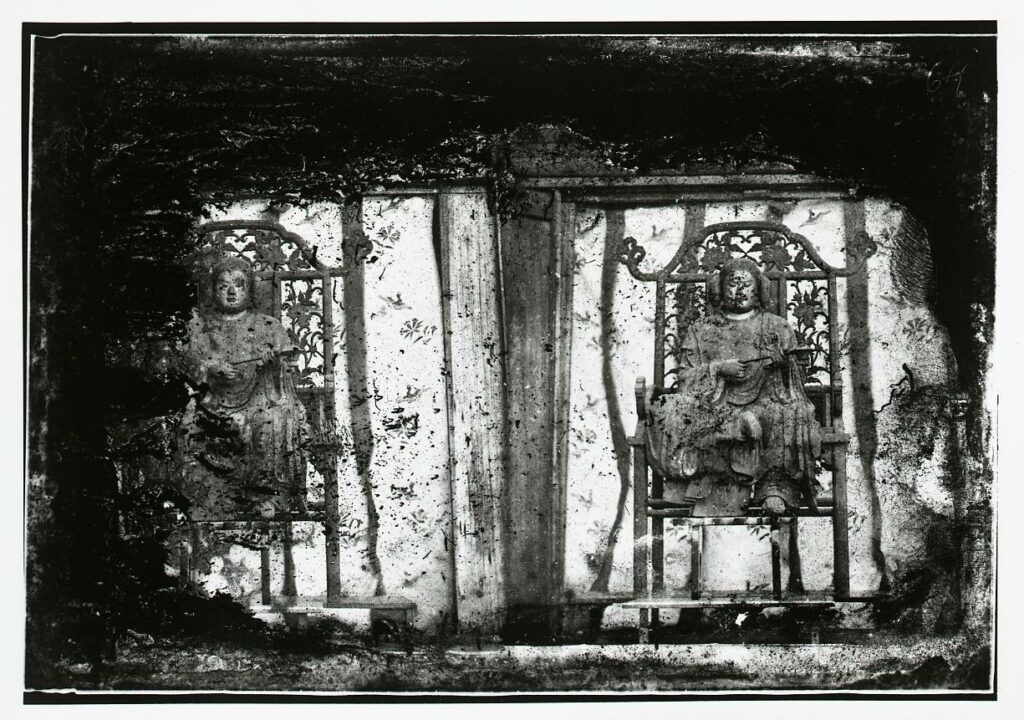
Koryuji Temple Wooden Image of Taishi
Yokoyama Matsusaburo
Edo-Tokyo Museum
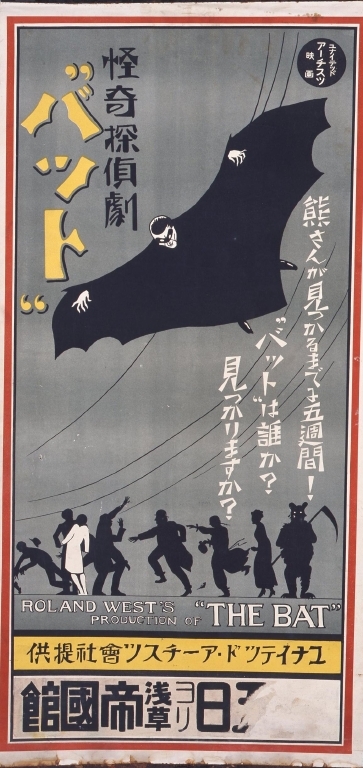
Poster: Film “Bad”
Edo-Tokyo Museum
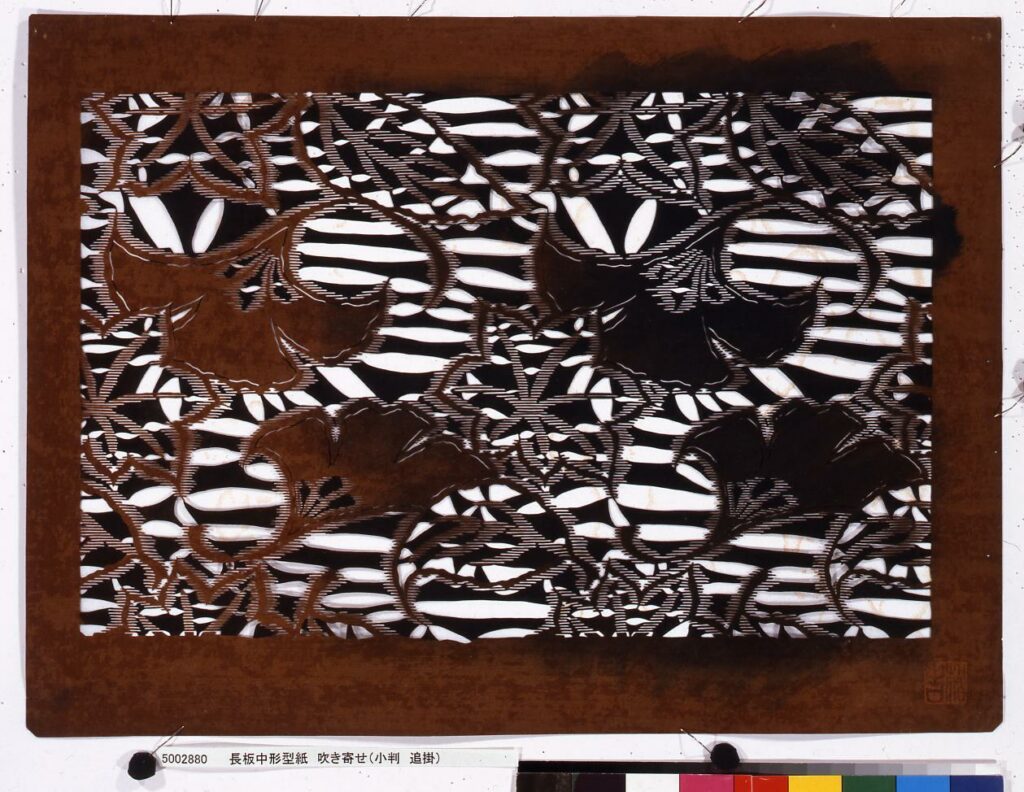
Edo-Tokyo Museum

Album of Meiji Educational Prints
Utagawa Kuniteru Ⅱ and others
Edo-Tokyo Museum
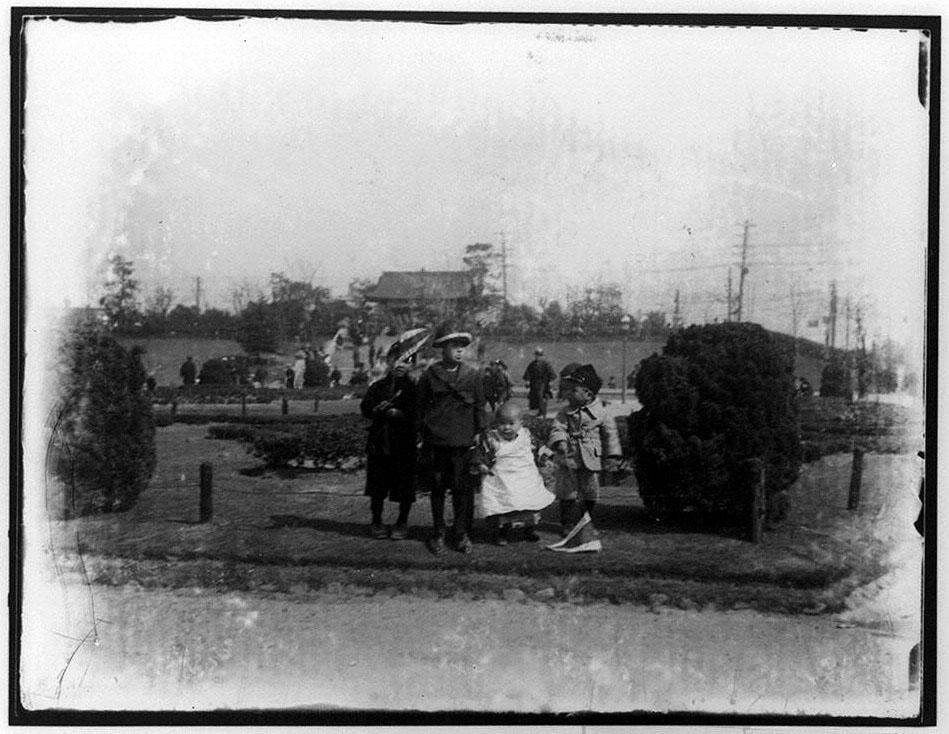
Children in a Park
TANAKA Taisuke
Edo-Tokyo Museum
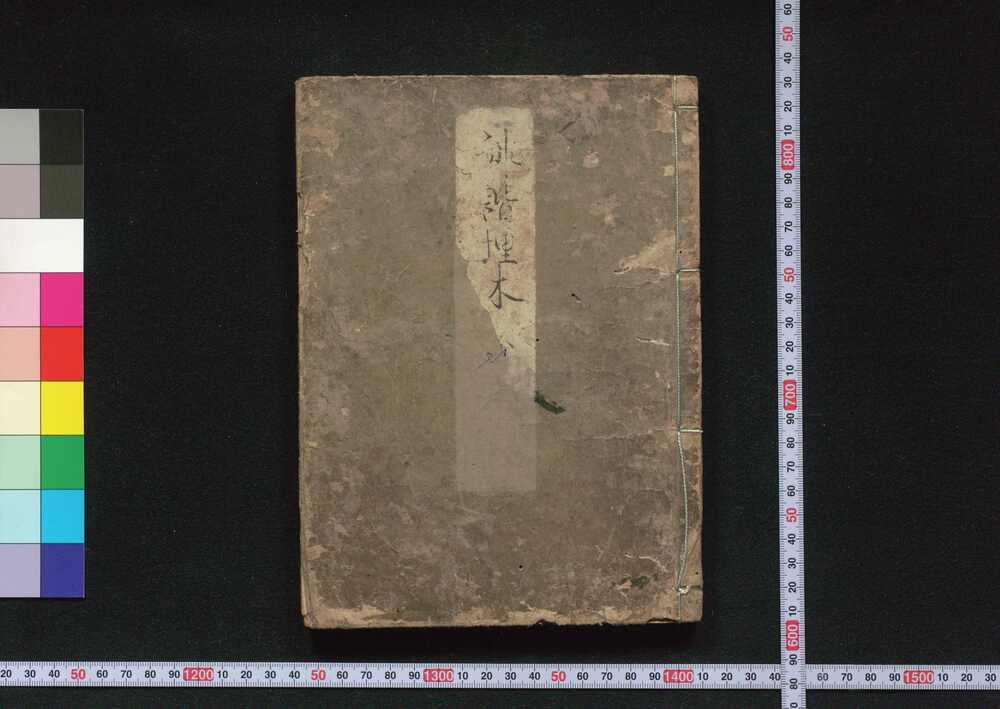
Haikai Umoregi (Discussion of Haikai Poetry)
Edo-Tokyo Museum
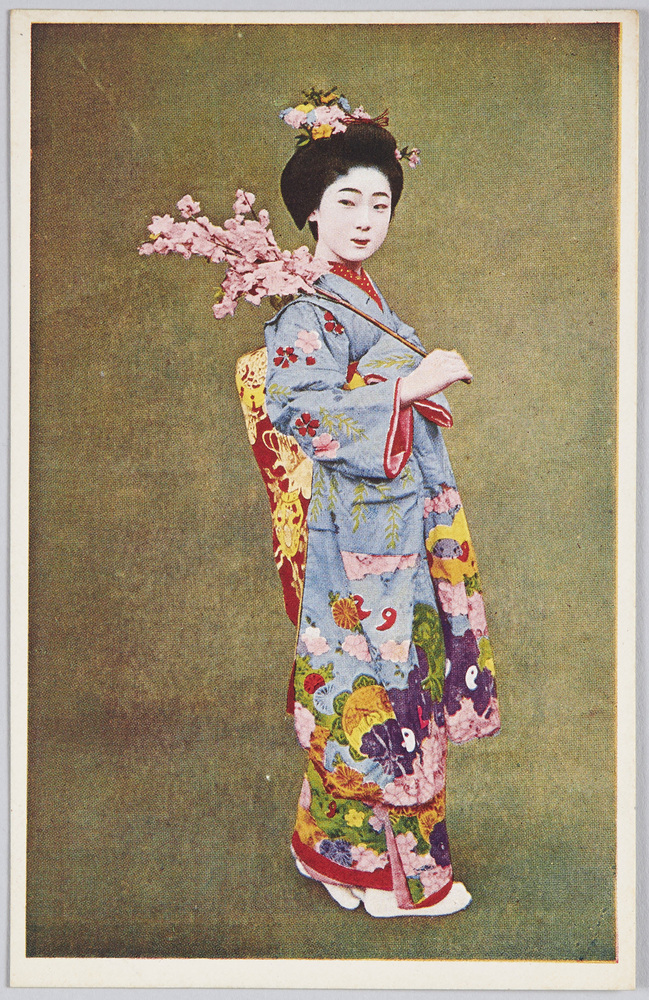
Geisha (7)
Edo-Tokyo Museum
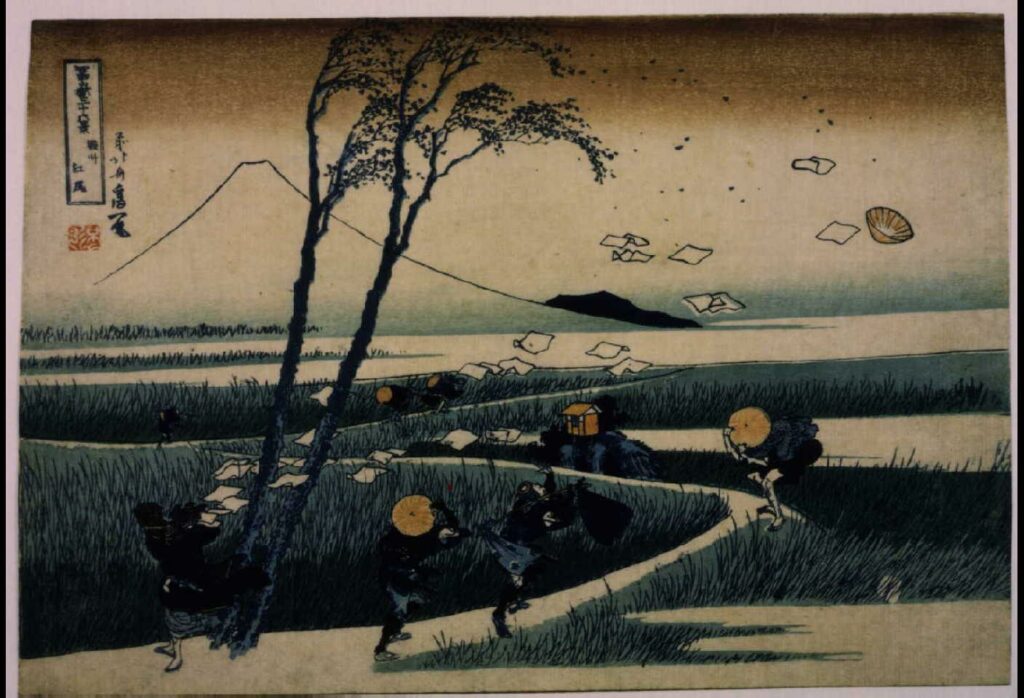
Thirty-six Views of Mt. Fuji: Ejiri in Suruga Province
KATSUSHIKA Hokusai
Edo-Tokyo Museum

Sumidagawa Ōrai (Textbook of Famous Places Along Sumidagawa River)
Edo-Tokyo Museum

Poster: To Mutually Protect Military Telegraph and Telephone Wires, Which Are the Most Important for Security, Please Pay Attention to the Following Points (Great Kanto Earthquake Materials Collection)
Imperial Guard Division Headquarters
Edo-Tokyo Museum
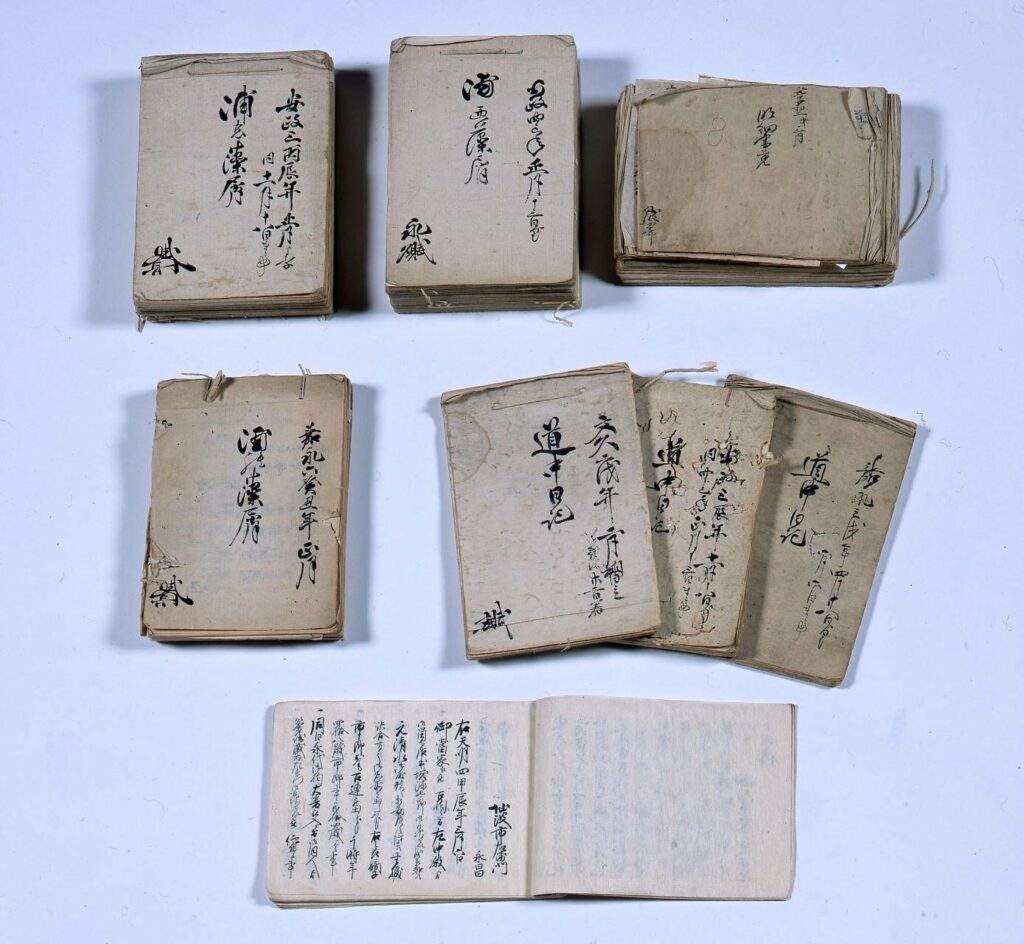
Memorandum of Detailed Statement (Document of the Semba Family, the Feudal Retainer of the Satsuma Clan)
Semba Ichizaemon
Edo-Tokyo Museum
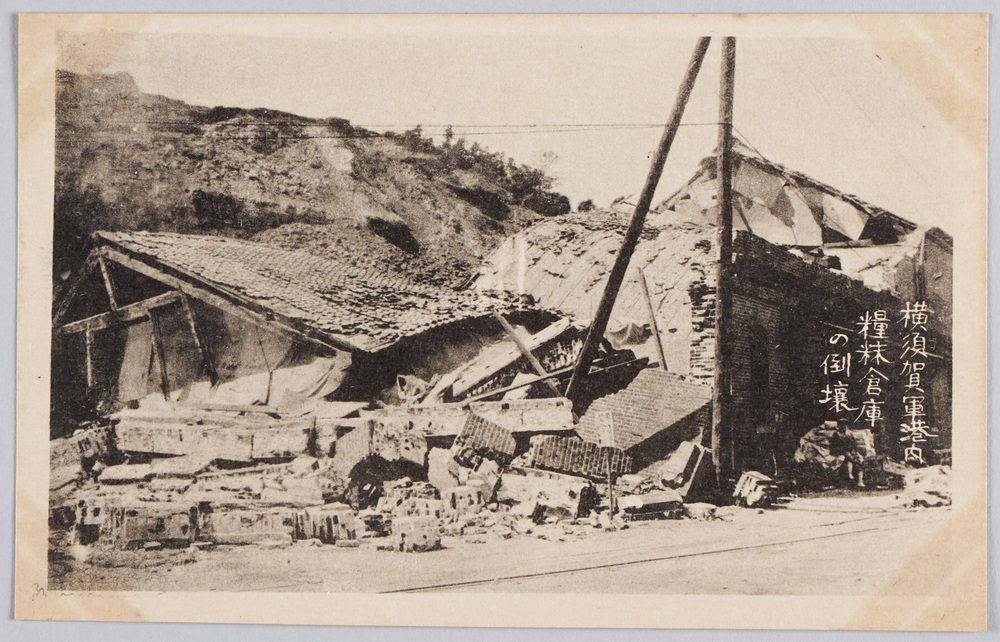
Destruction of the Provisions and Fodder Warehouse in Yokosuka Naval Port
Edo-Tokyo Museum
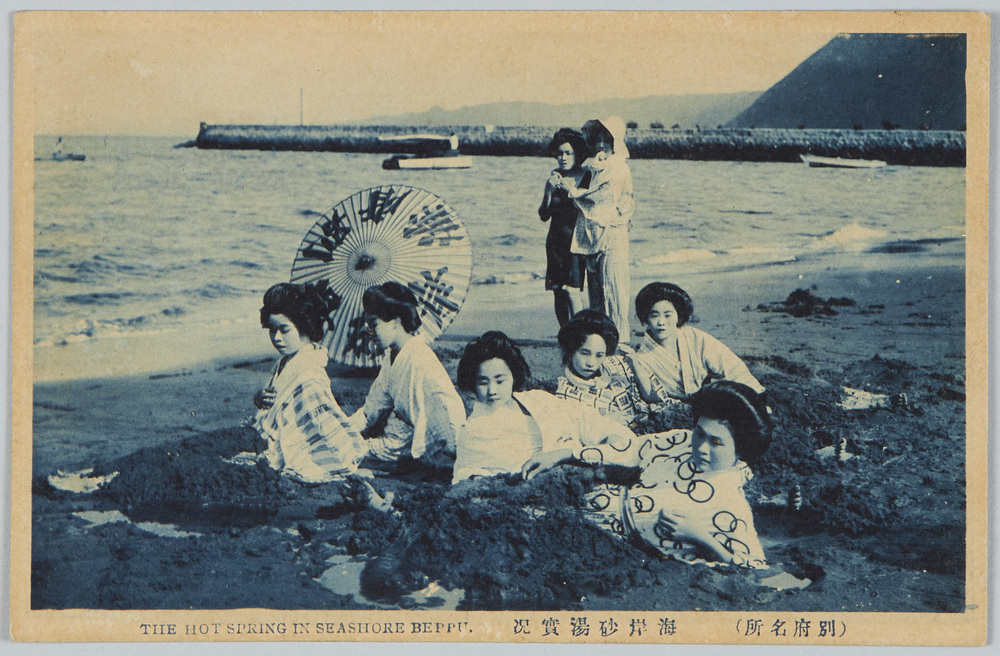
(Famous Views of Beppu) Actual Scene of the Beach Sand Bath
Edo-Tokyo Museum

